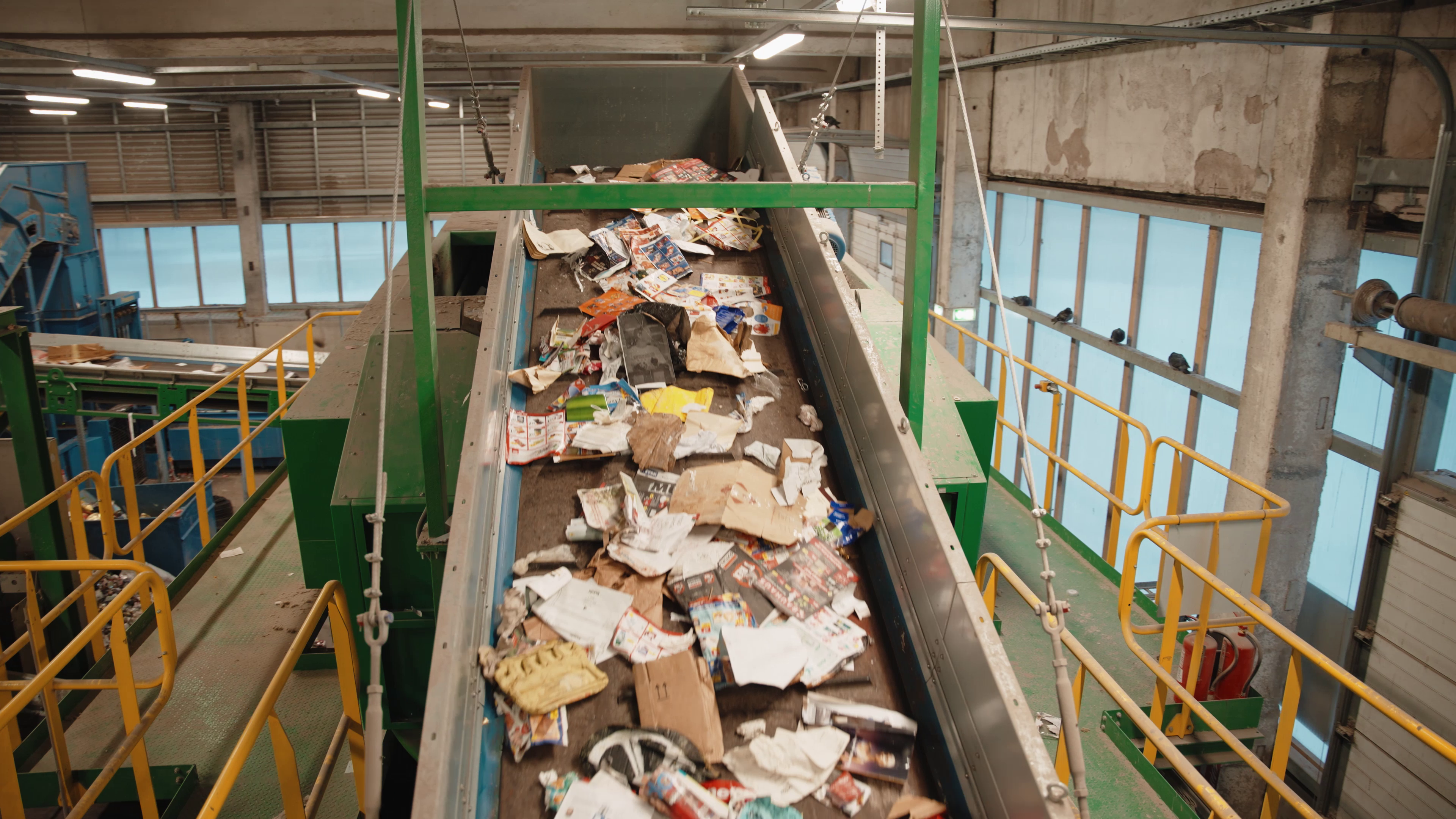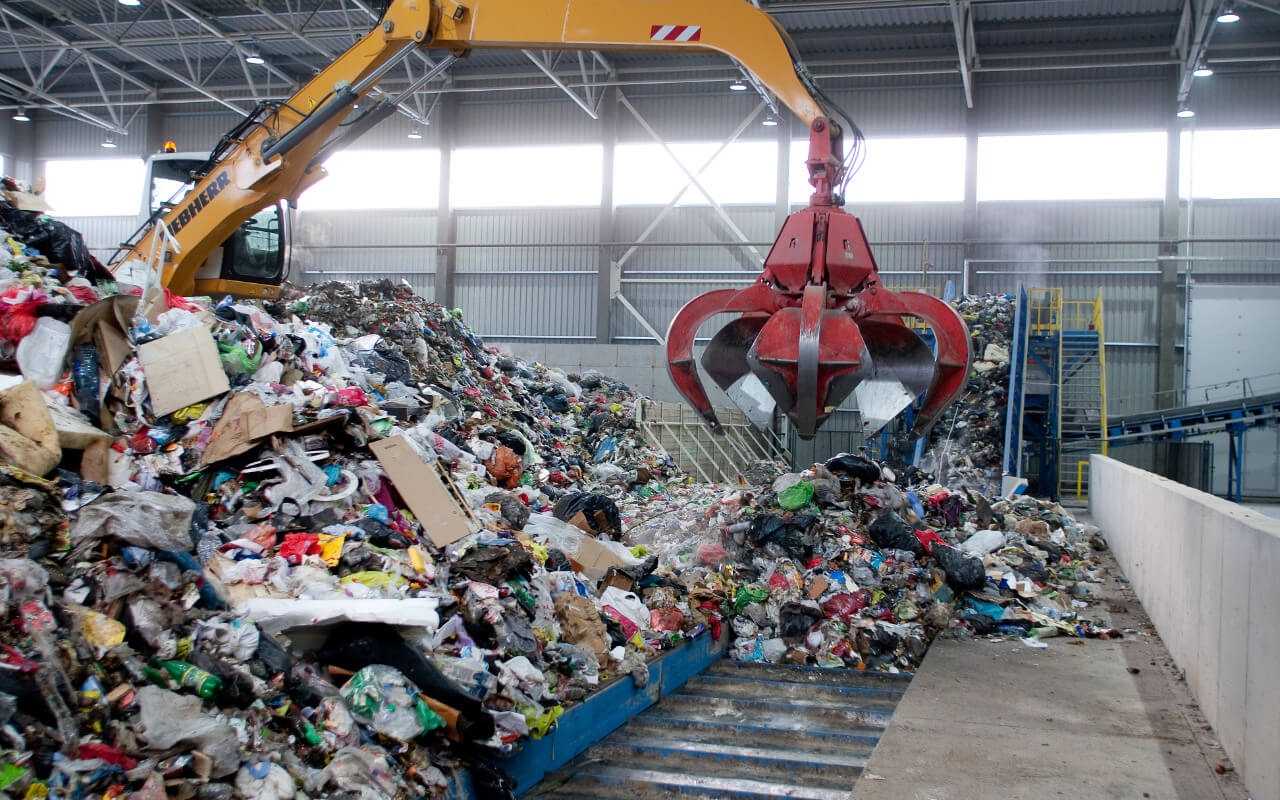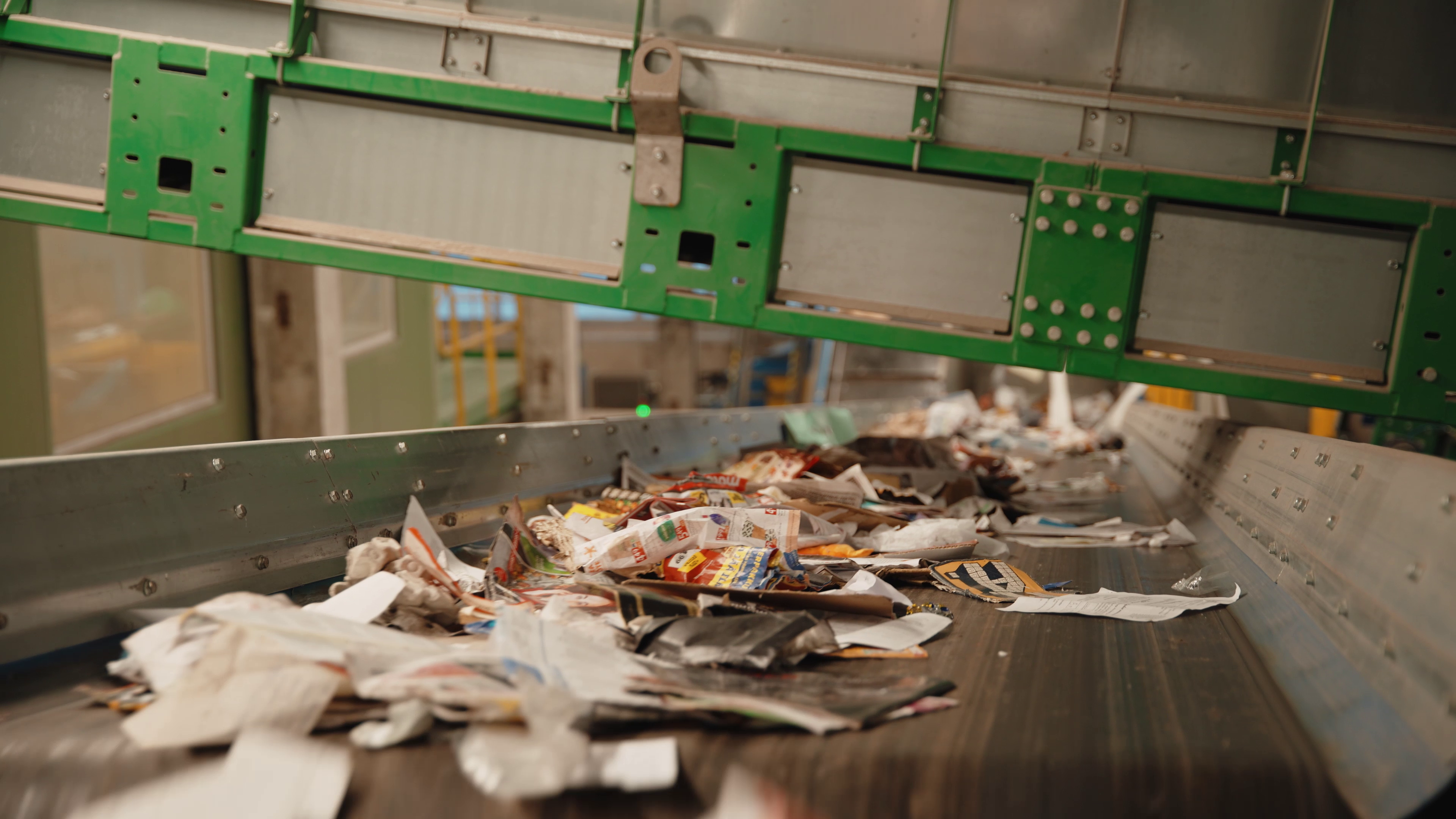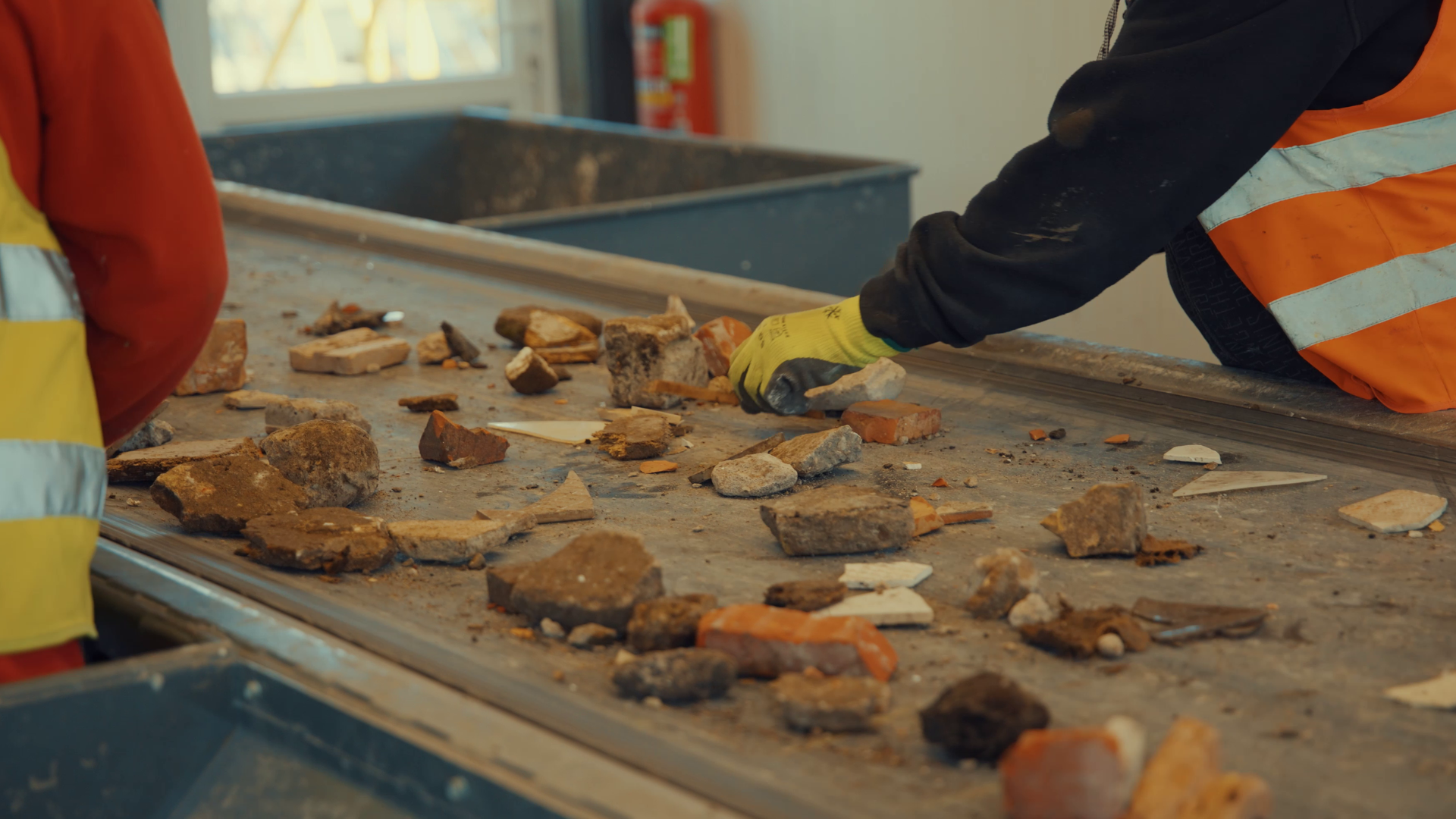Waste pre-sorting solutions: how to improve low-quality waste

Low-quality input material is a significant problem in waste management. Issues like contaminated recycling, inefficient sorting, and increased processing costs can affect recycling efficiency and lead to valuable materials ending up in landfills.
One solution to this significant challenge is implementing various pre-sorting solutions, which improve the quality of waste and help extract more recyclable materials. These solutions range from educating upstream customers on proper waste separation to adopting advanced sorting technologies and implementing quality control standards.
Here's how to optimize your waste pre-sorting processes to reduce contamination and improve the recycling rate.

Educate the source to minimize contamination for waste pre-sorting
Low-quality pre-sorted materials often come from insufficient waste separation practices at the source. Educating those responsible for sorting waste is a crucial first step toward effective waste pre-sorting in homes and workplaces. Consider implementing these steps to improve sorting practices:
- Waste separation guidelines: Create easy-to-understand guidelines for sorting recyclables such as plastics, metals, paper, glass, and biowaste. Visual guides like color-coded bins and simple instructions can significantly reduce recycling contamination at the source. One good example is the Danish Pictogram System, which uses standardized symbols on packaging and bins for intuitive sorting.
- Incentives for proper sorting: Policies that reward correct waste sorting and penalize contamination also reinforce positive sorting behaviors. Many waste management facilities have successfully implemented contamination fees or financial incentives to encourage upstream suppliers and local residents to improve their sorting accuracy.
- Tailored instructions: Waste management regulations vary by region, so tailored instruction can significantly reduce cross-contamination. For example, Estonia enforces regulations on producers to ensure the collection and treatment of electronic waste. This initiative emphasizes responsible waste management practices and could inspire stricter pre-sorting regulations to improve material recovery from electronic waste.
- Digital sorting tools: Digital tools simplify the sorting process and provide users with real-time waste management tips. For example, RagnCycle app offers multilingual waste disposal instructions, helping residents quickly find the correct bin. WasteLocker uses image recognition to enhance sorting accuracy and reduce contamination.
With these pre-sorting protocols, facilities can see immediate improvements in the quality of incoming materials and increase sorting line availability due to less problematic waste entering the line. This also reduces the waste residue rate, and less valuable materials will end up in landfills.

Invest in waste pre-sorting technologies
When educating upstream customers can improve the quality of the input material that arrives at your facility, pre-sorted materials can still be contaminated.
Here, effective pre-sorting technologies can make a significant impact in improving waste quality before it reaches the main sorting line. Pre-sorting focuses on removing contaminants and separating broad waste categories, making processing downstream smoother. These waste pre-sorting technologies include:
- Trommels and air separator: Trommels are used for size-based separation and screening materials to remove large contaminants or sort smaller items for further processing. Air separators effectively segregate lightweight materials like paper and plastics from denser items, improving input stream quality. In this Latvian MSW sorting line, a trommel and air separator help the company separate plastics from other municipal waste.

- Manual picking stations and automated bag openers: Manual picking lines are essential for removing non-recyclable contaminants early in the process. In contrast, automated bag openers prepare waste by unsealing and spreading materials. These systems are vital for handling waste in facilities with high contamination levels or a high mix of incoming waste.
- Magnetic separators: Magnetic pre-sorting ensures that ferrous metals are removed early, protecting downstream sorting equipment and improving recyclables' purity. For instance, magnetic separation in this Estonian tire recycling line removed loose steel from shredded tires, improving efficiency and reducing contamination.
By investing in these pre-sorting technologies, facilities can handle low-quality materials more effectively by reducing contamination early in the process and preparing the waste stream for the main sorting line.
This improves sorting performance, boosts the quality of recyclables, and supports downstream operations. By addressing contamination at its source, pre-sorting technologies contribute to more sustainable waste management practices and strengthen the next steps in processing waste.
Establish strict quality control measures in waste pre-sorting
Quality control is essential to ensure that pre-sorted waste meets recycling standards. Integrating it in every stage of waste pre-sorting helps to identify contaminants early and maintain a high standard of recyclables. Here's how to incorporate quality control effectively:
- Manual quality control: Positioning staff to manually inspect materials at the beginning of the process allows for quickly removing contaminants. Regular quality audits also help track and manage common contamination issues, which helps maintain consistency in sorting quality.

- Incoming load inspection and weighing protocols: Inspection protocols allow facilities to identify contaminated or improperly sorted loads and address them before they reach the main sorting line. Some recycling centers weigh loads upon arrival, allowing them to catch contaminants or incorrect materials and handle them separately.
- Return policies and supplier training: To maintain consistent quality, facilities can also work closely with suppliers to set clear quality expectations and offer training on proper waste separation practices. Return policies for highly contaminated loads incentivize suppliers to improve their waste pre-sorting at the source.
Integrating quality control into the waste pre-sorting process can improve sorting accuracy and increase recycling efficiency. These measures ensure smoother operations, reduce processing costs and align with broader circular economy goals by maximizing resource recovery.wes
Improve the quality of your waste streams
Dealing with low-quality pre-sorted waste can be a significant obstacle, but with the right waste pre-sorting solutions, facilities can improve the quality of their recycling streams.
By educating the public, investing in advanced sorting technologies, and implementing thorough quality control measures, waste management facilities can transform challenging inputs into clean, valuable recyclables.
These waste pre-sorting strategies support a cleaner and more efficient recycling system.
Write us about your project!
At Azortum, we are committed to developing unique solutions that would be sustainable to operate and profitable for your company.
We have received your information and will be in touch with you shortly. Thanks!
